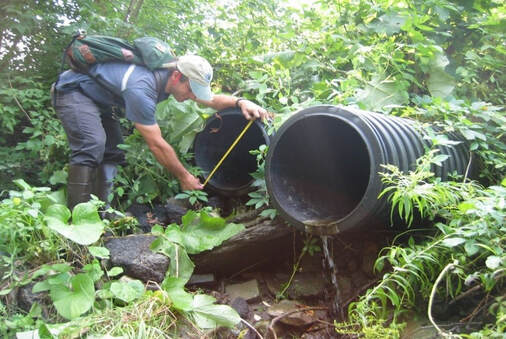|
Warren Co SWCD works in partnership with Warren County Engineer's Office, Warren County Health District, and Warren County Prosecutors as part of an IDDE Advisory Committee. Warren Co SWCD also completes inspections of stormwater outfalls annually. We inspect outfalls in most MS4s in Warren County and map and report findings to the Ohio EPA.
Stormwater Best Management Practice Resources |
what is illicit discharge detection and elimination?
Illicit discharge is defined by the US EPA as “any discharge into a separate storm sewer system (MS4) that is not composed entirely of storm water” with some exemptions. These exceptions include discharges from NPDES permitted industrial sources and discharges from fire-fighting activities. Illicit discharges are considered “illicit” because MS4s are not designed to accept, process, or discharge such non-stormwater wastes.
Illicit discharges typically enter a storm sewer either through direct connection, such as sanitary sewer piping, or indirectly through cracked sanitary sewer conveyance systems, spills collected by storm drains, or contaminants dumped directly into a storm drain inlet. In many instances, the MS4 is directly connected to a body of water and does not receive any treatment prior to entering said body of water. These untreated discharges have the potential to cause significant degradation to waterways. As result of this non-treatment, it is vital that only stormwater is discharged from these MS4s to prevent contamination of water bodies.
One element of the NPDES Storm Water Phase II MS4 regulation is Minimum Control Measure 3 (MCM #3) – Illicit Discharge Detection and Elimination, which requires permittees to develop a strategic plan to detect and eliminate illicit discharge into the public storm sewer system from entering the waters of the states and prevent pollution.
Illicit discharges typically enter a storm sewer either through direct connection, such as sanitary sewer piping, or indirectly through cracked sanitary sewer conveyance systems, spills collected by storm drains, or contaminants dumped directly into a storm drain inlet. In many instances, the MS4 is directly connected to a body of water and does not receive any treatment prior to entering said body of water. These untreated discharges have the potential to cause significant degradation to waterways. As result of this non-treatment, it is vital that only stormwater is discharged from these MS4s to prevent contamination of water bodies.
One element of the NPDES Storm Water Phase II MS4 regulation is Minimum Control Measure 3 (MCM #3) – Illicit Discharge Detection and Elimination, which requires permittees to develop a strategic plan to detect and eliminate illicit discharge into the public storm sewer system from entering the waters of the states and prevent pollution.

